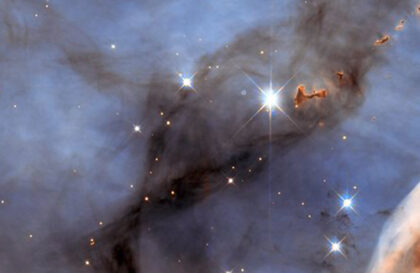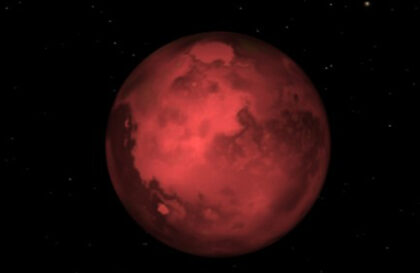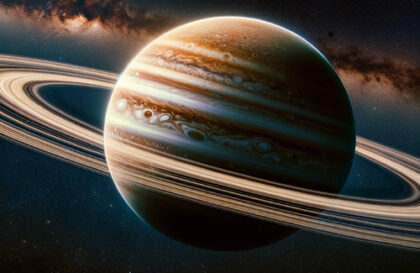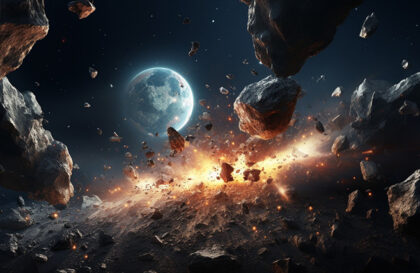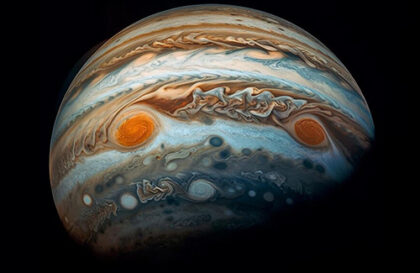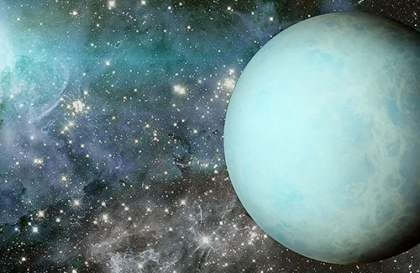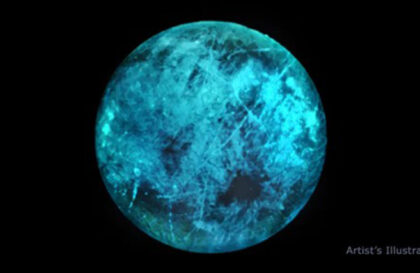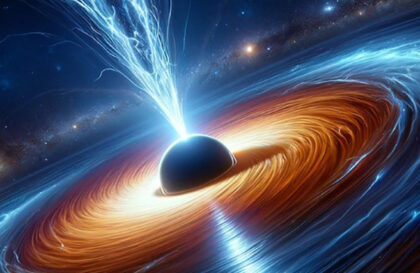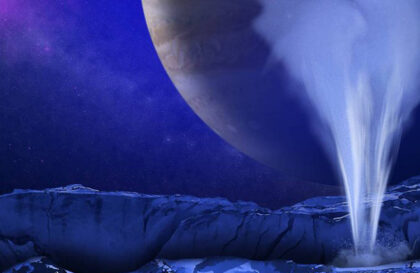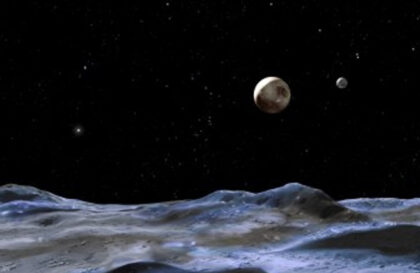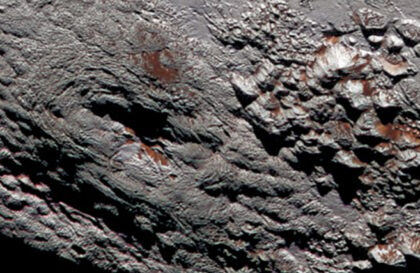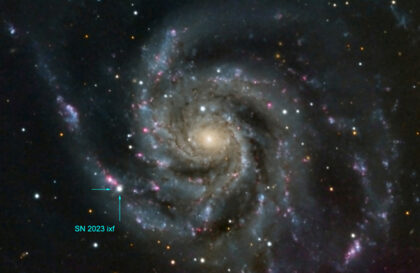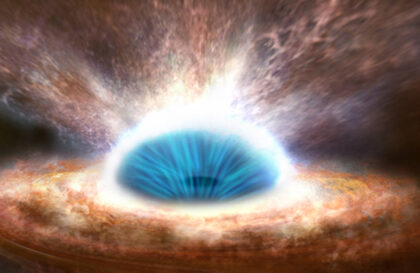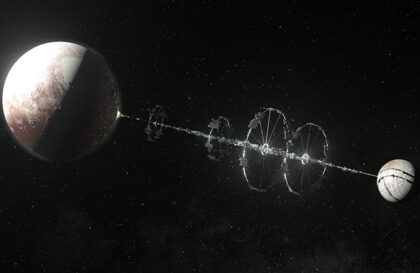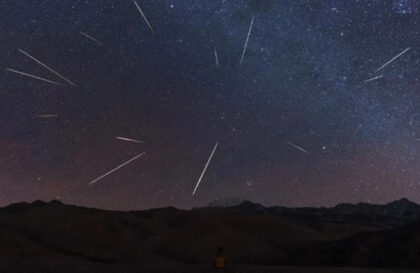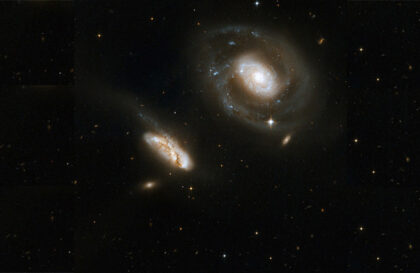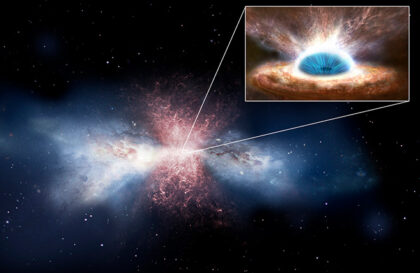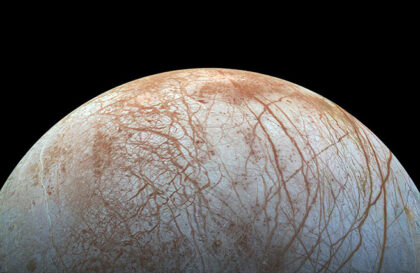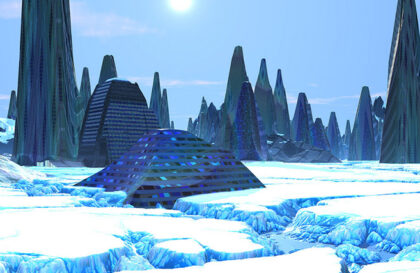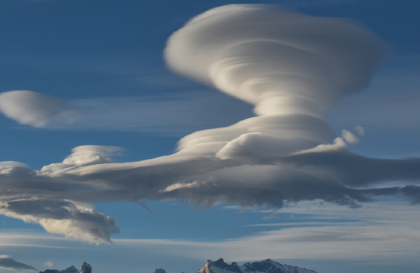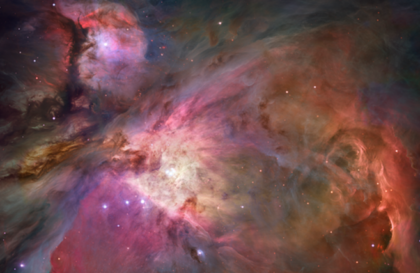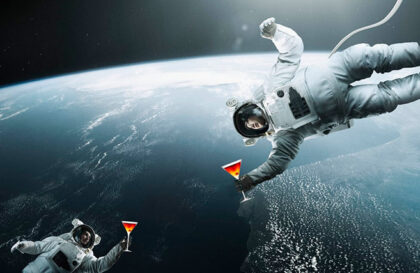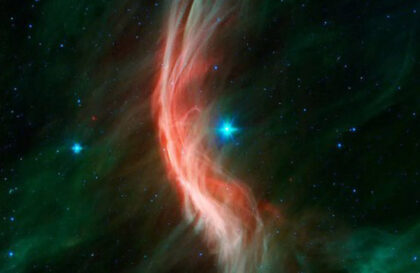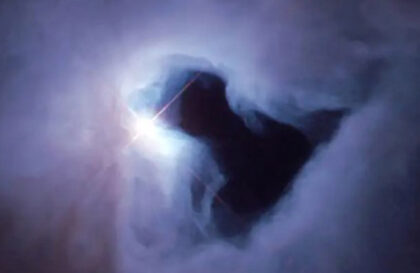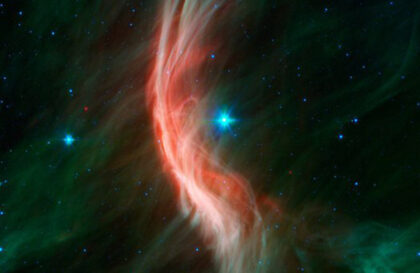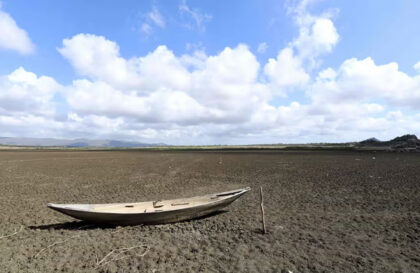The Carina Nebula is known for its striking and unique color scheme, which sets it apart…
Astronomical Objects
American scientists have confirmed that LTT 1445 Ac, discovered by the TESS telescope in 2021, is…
The most giant crater in the solar system is located here on Calisto. This is Valhalla,…
Saturn’s rings are up to 175,000 miles (282,000 kilometers) in diameter. But the rings of this…
Asteroids have knocked The Moon piece by piece out of the Earth for millions of years.…
During a space exploration mission, a researcher recently observed an unusual pattern in Jupiter’s storm clouds…
Uranus, one of the massive gas giants, ranks third in size among the planets. It is…
Imagine a moon that glows continuously, even on its night side – the side facing away…
The gas giant Jupiter often experiences thunderstorms, flashing with lightning that can be seen from orbit.…
The amount of water vapor found in Europa’s atmosphere is small – about an Olympic-sized swimming…
Pluto is as dark as a closet with a candle. The basketball hoop can be hung…
Pluto has only five moons. The largest Charon. It would appear nine times larger in Pluto’s…
In 2015, scientists learned that there is a giant red “whale” on Pluto. This dark-colored area…
A discovered supernova in the Pinwheel Galaxy lost mass equal to the Sun before exploding and…
Galaxies began to form stars when the Universe was several hundred million years old. More than…
Pluto is small, but you can place the entire population of the Earth there. The surface…
The forecast for future astronomical events involves a rare sight: the imminent collision of two massive…
The Hubble telescope recorded two galaxies in the process of merging in the Pegasus constellation. This…
Recurrent outbreaks occurred every 18-20 days and lasted approximately 48 hours. The leading cause of these…
Europa holds the palm in the solar system for the smoothness of its surface. There are…
Are we still living in an ice age? Geologists have divided the ice age into several…
An average-sized cloud weighs about ten tons, and the height of large thunderclouds can reach ten…
The small moon Io (slightly larger than our Moon) significantly influences the parent Jupiter (more than…
Interstellar gas can be cold (a few degrees above absolute zero) or hot (a million degrees…
The giant clouds, which can span hundreds of light years, contain enough ethanol to produce 1028…
For thousands of years, people have wondered about the vast region between stars, sometimes called “empty…
Auroras on Uranus can provide clues to the internal temperature of the giant planets and the…
The bright light in the nebula comes from a star that has appeared relatively recently and…
This star, which weighs 20 times the mass of the Sun and is 80,000 times brighter,…
July 2023 was the hottest in the last 100,000 years. Of the 35 characteristics that are…
